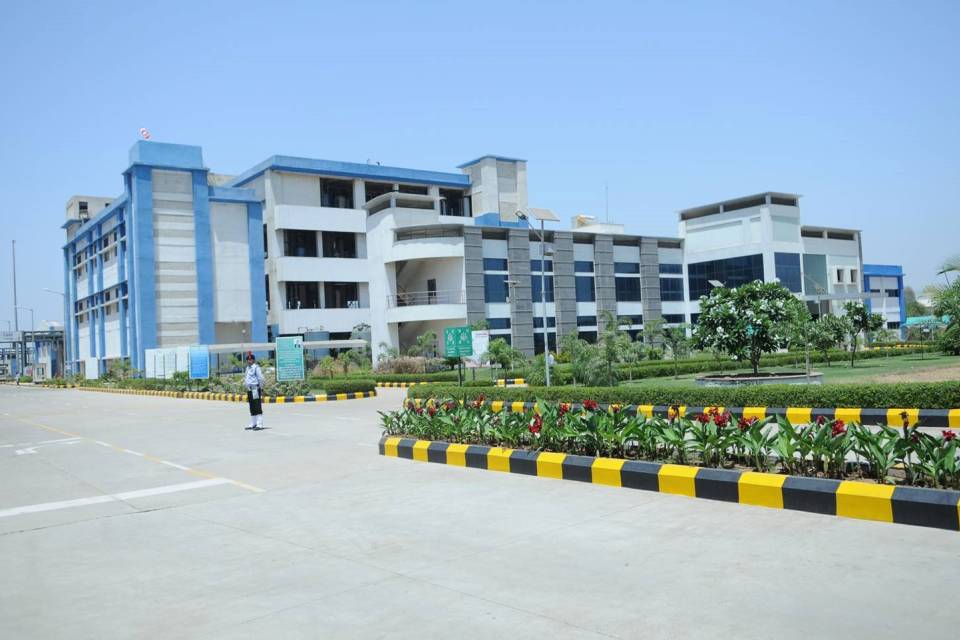How BioLumic’s UV Light Technology Unlocks Seed Traits and Boosts Yields

BioLumic’s one-time UV Light Signal treatments enhance yield, root growth, and resilience without genetic modification or additional chemicals.
Seeds, like just about every other aspect of the ag industry, have been undergoing technological advances designed to deliver greater yields and better return on investment, writes Dan Jacobs at CropLife. And while much of the focus for ag technology has focused on addressing issues outside of the plant, BioLumic, a New Zealand-based company, is working to flip that focus to the inside of the plant.
According to the company’s website. “BioLumic is developing traits in forage crop species such as pasture grasses and corn silage that increase yields and lipid concentrations within the plant. Higher lipid concentration supports more efficient digestion when those forages are consumed by cattle and sheep, resulting in reduced methane emissions. With one trait process, they can deliver co-benefits for the farmer and the supply chain in ways we hadn’t previously considered. Moreover, these epigenetic traits (turned on via light signaling) are not encumbered by regulatory hurdles compared to genetic modification or chemistry.”
Steve Sibulkin, CEO of BioLumic, explains the company’s mission this way:
“The last few decades of innovation in agriculture have been largely focused on applications and technologies external to the plant, including chemistry that combats disease and pests, nutrient inputs, and genetically modified traits from other organisms,” he says. “While the industry navigates pressure from global competition, climate change, and even tighter margins, the new focus specifically for seed companies needs to be on technology that speeds up discovery and development of plant traits while reducing R&D costs and maximizing ROI.”
CropLife® magazine recently interviewed Sibulkin to understand how the company’s technology is being used for a variety of crops.
CropLife: Can this technology be applied to various other crops?
Steve Sibulkin: Yes, our Genetic Expression Seed Traits work across a wide range of crops, which is why they’re gaining significant attention. We’ve already activated traits in 12 different crops, proving that the mechanisms we target are highly conserved across plant species.
Currently, we focus on four key seed crops — corn, rice, soybeans, and forage grass — chosen for their scalability, market demand, and commercial potential. Our one-time UV Light Signal treatments enhance yield, root growth, and resilience without genetic modification or additional chemicals.
Unlike single-gene editing, we activate polygenic — or multi-gene — pathways, unlocking complex traits that traditional breeding and biotech struggle to achieve. Our process reduces development time, costs, and regulatory hurdles, allowing seed companies to expand their trait portfolios faster. This means seed companies can respond faster to agronomic and environmental challenges — without waiting years for traditional breeding or biotech approvals. In short, our technology is a scalable, non-transgenic solution that integrates seamlessly into existing seed systems and accelerates trait development.
Read more at CropLife.






